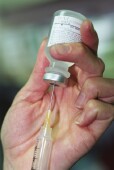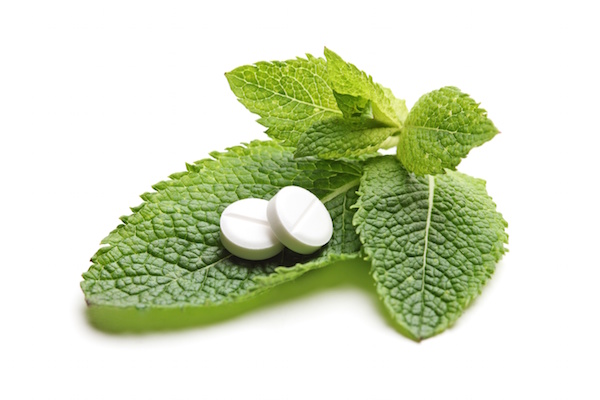
TUESDAY, May 12, 2015 (HealthDay News) — Males benefit indirectly when girls are immunized against the sexually transmitted human papillomavirus (HPV), according to a new Dutch study.
However, males still have a risk of developing HPV-related cancers, the study authors said.
And while giving the vaccine to boys would further reduce the burden of later HPV infection in men, it may not be cost-effective because hundreds of boys would need to be vaccinated to prevent one case of cancer from HPV, the researchers found.
The findings provide more insight as countries around the world try to figure out how widely to distribute the HPV vaccine, which was initially developed to prevent cervical cancer in women caused by HPV.
The study shows that “it’s a complicated situation,” said Karen Canfell, director of cancer research with Cancer Council NSW in Sydney, Australia. Canfell, who wrote a commentary accompanying the study, said that “even though we have evidence that the vaccine is effective in boys, there are a number of other issues that need to be considered.”
About 79 million people in the United States are currently infected with HPV, according to the U.S. Centers for Disease Control and Prevention. The infection is so common that just about everyone who’s sexually active will have the virus at some point in their lives, the agency says.
In many cases, the virus disappears eventually. But if it doesn’t, it can cause serious problems, such as cervical cancer, anal cancer, and cancer in the mouth and throat. The virus is also known to cause genital warts, according to the CDC.
The CDC says the vaccine can prevent infection with some of the strains of HPV that cause cancer. The goal of vaccination is to treat boys and girls before they become sexually active.
In the new study, published online May 12 in BMJ, the Dutch researchers used a statistical analysis to predict what would happen to cancer levels in men if higher numbers of boys and girls were vaccinated.
“Of all HPV-associated cancers, vaccination of girls will have the strongest effect on the occurrence of penile cancer and the smallest effect on the occurrence of anal cancer in men,” said the study’s lead author, Hans Bogaards, a research scientist with the National Institute for Public Health and the Environment in the Netherlands.
The reason for the smaller effect on anal cancer is that some of these cancers may be due to HPV infections acquired when men have sex with other men, according to the study authors.
Overall, the researchers estimated that the burden of HPV-related cancer in men — a measure that takes into account quality and quantity of life — would shrink by two-thirds if 90 percent of girls were vaccinated. If vaccine rates stayed at the current rate of 60 percent, the burden of HPV-related cancer in men would drop by 37 percent, according to the study.
As more girls are vaccinated and HPV-related cancer rates drop in men, more boys will need to be vaccinated to prevent one cancer in men, according to the study authors. And, that means that preventing each cancer will become more expensive.
At the current vaccination levels of 60 percent for girls, nearly 800 boys would have to be vaccinated to prevent one additional HPV-related cancer in men, the study found. If vaccination rates in girls jumped to 90 percent, over 1,700 boys would have to be vaccinated to prevent one HPV-related cancer in men, the study estimated.
Canfell said girls should remain the first priority for HPV vaccination “since cervical cancer comprises the largest burden of the HPV-related cancers, and because males will also benefit, to some extent, from female vaccination.” However, developed countries may want to consider vaccinating boys if they’ve already successfully rolled out vaccination programs for girls, she said.
Another option would be to target gay and bisexual men who go to sexually transmitted-infection clinics, she said, because they’re especially vulnerable to HPV infection, and vaccination of girls won’t protect them much, if it all.
“The United Kingdom is considering vaccination of this group up to the age of 40 years,” Canfell said. “This option can be evaluated alongside considering universal vaccination of young boys. Both strategies could be potentially implemented at once.”
Bogaards agreed that vaccination of gay and bisexual men has potential as a cancer prevention tool, and he supports more research into its possible effects.
Three HPV vaccines are now available in the United States: Cervarix, Gardasil and Gardasil 9. The vaccine should be given as a series of three shots over six months, according to the CDC. It is recommended that girls aged 11 to 12 get the HPV vaccine to help prevent cervical cancer. Gardasil and Gardasil 9 also protect against genital warts and anal cancer in both females and males, according to the CDC.
More information
Learn more about HPV vaccination from the U.S. Centers for Disease Control and Prevention.
Copyright © 2025 HealthDay. All rights reserved.

